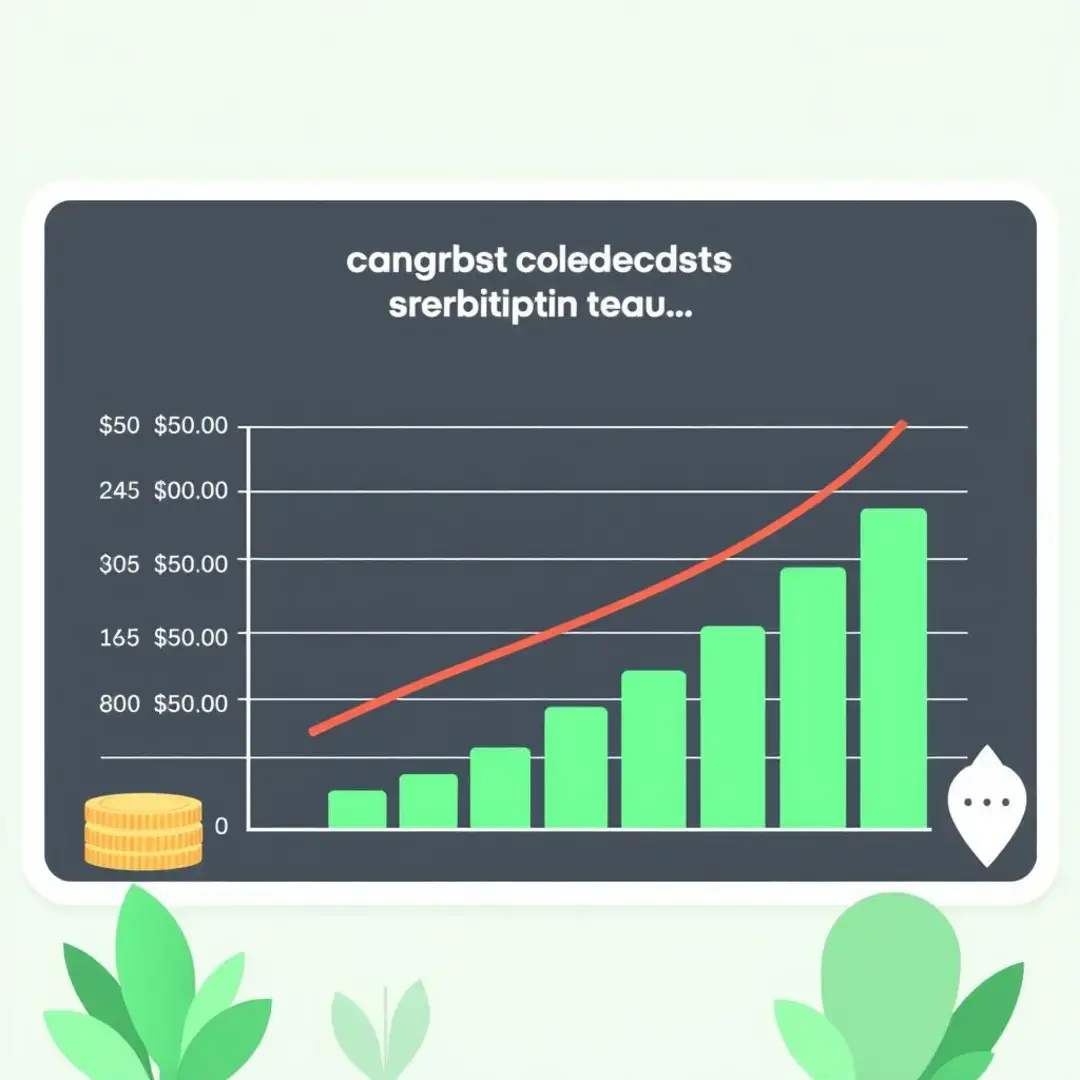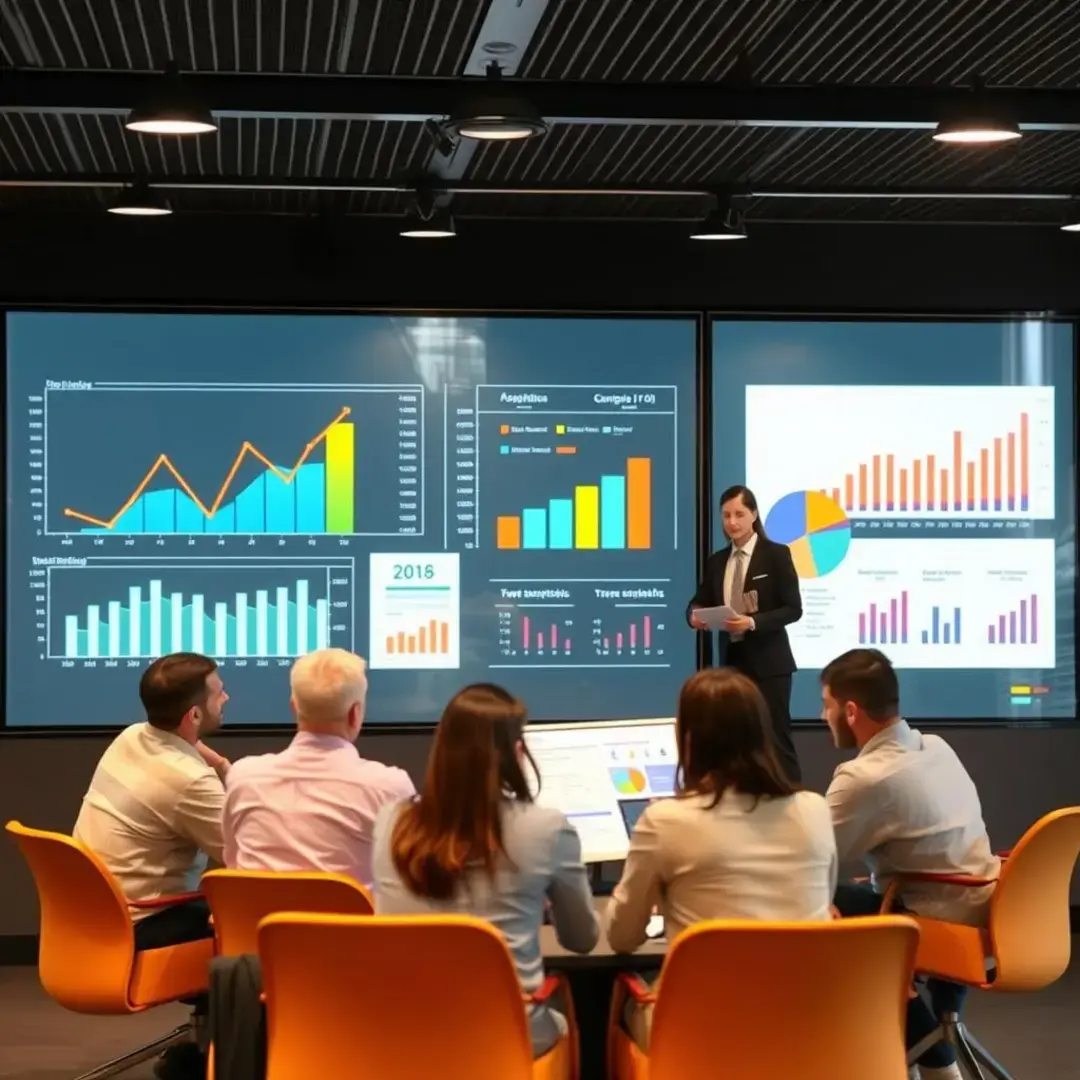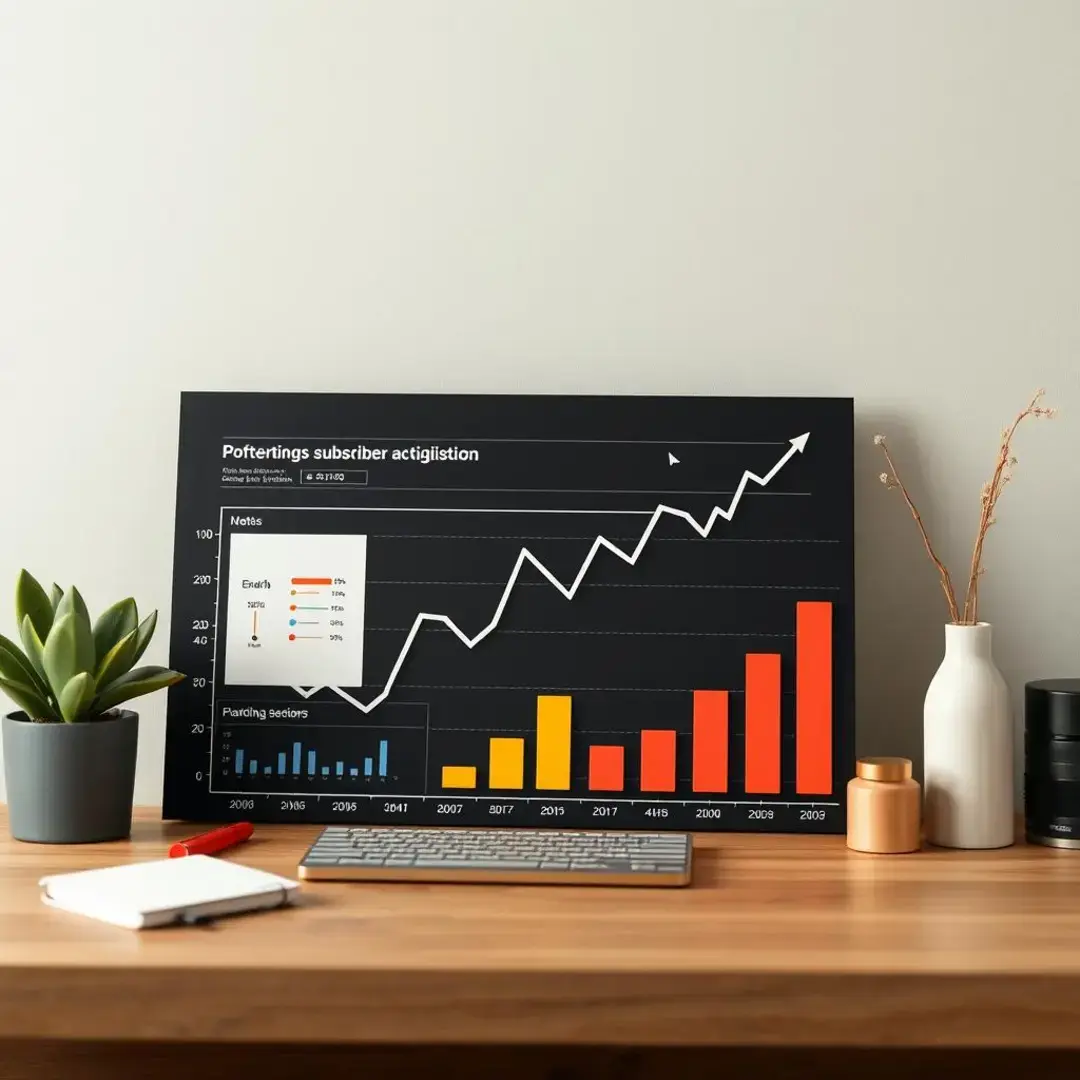What is Subscriber Acquisition Cost (SAC)?
Defining Subscriber Acquisition Cost (SAC)

Subscriber Acquisition Cost (SAC) refers to the total expenses incurred by a business to acquire a new subscriber. This metric is crucial for subscription-based models where businesses rely on recurring revenue through subscriptions. Understanding SAC helps businesses assess the effectiveness of their marketing strategies and overall efficiency in attracting customers.
Advanced definitions of SAC
The definition of SAC can extend beyond just direct marketing expenses. It includes all costs associated with onboarding a new subscriber, such as advertising, sales efforts, and ongoing support. A comprehensive approach to calculating SAC helps businesses better understand their investment in customer acquisition and its effect on profitability.
Calculating SAC in a subscription business involves several nuances, including the methods of promotion, the duration of the subscription, and seasonal variations. Businesses may attract subscribers at different costs depending on marketing campaigns and market fluctuations.
Different subscription models, such as monthly, yearly, or tiered subscriptions, may exhibit unique SAC variations. Each model can carry distinct cost implications for customer acquisition, making it essential to tailor SAC calculations to the specific business structure and strategies employed.
Why SAC matters for advanced users
Understanding why SAC matters is paramount for advanced users of subscription-based businesses. It can significantly inform a company’s financial health and growth trajectory. By focusing on SAC, businesses can streamline their customer acquisition strategies to improve profitability in the long term.
The relationship between SAC and long-term profitability is direct and critical. A high SAC relative to the value gained from a subscriber can jeopardize a business’s sustainability. Conversely, reducing SAC can enhance profitability while fostering growth, allowing businesses to reinvest in acquisition strategies.
SAC provides essential insights for strategic decision-making. Companies can identify which channels yield the best returns, enabling them to allocate resources effectively. This strategic mindset enhances their competitive edge by fostering better-informed marketing investments.
Calculating SAC for advanced applications

Beyond basic SAC calculations
Advanced applications of SAC calculation require businesses to look beyond basic metrics. Blending overall Customer Acquisition Cost (CAC) into SAC analysis gives a broader perspective on acquisition efforts. By achieving a refined understanding of all customer acquisition costs, businesses can more accurately measure their efficiency in gaining subscribers.
Incorporating blended CAC allows businesses to differentiate between various marketing strategies. It provides a holistic view, taking into consideration online and offline efforts, leading to more nuanced understanding of effective acquisition methods.
Factoring in Customer Lifetime Value (CLTV) further enriches the SAC calculation. By understanding CLTV, businesses can evaluate whether their SAC limits are sustainable in relation to potential long-term revenue from subscribers. This relationship helps calibrate acquisition strategies to align with overall business goals.
Advanced SAC formulas and models
Advanced SAC formulas and models can provide predictive insights for future growth. Utilizing historical data coupled with statistical modeling enables businesses to forecast subscriber acquisition trends more accurately, ensuring well-informed preparations for market changes.
Predictive SAC modeling allows businesses to simulate possible market conditions, assessing the potential impacts on subscriber acquisition strategies. This approach can uncover hidden opportunities for improved investments and refined targeting of acquisition efforts.
Attribution modeling, which analyzes customer interactions across multiple touchpoints, gives deeper insights into the SAC dynamics for businesses. By understanding how various channels contribute to acquisition, companies can optimize their strategies more effectively.
Optimizing SAC for maximum ROI

Advanced strategies for SAC optimization
Optimizing SAC for maximum ROI involves employing advanced strategies that leverage modern technology and data analytics. Businesses can harness these tools to refine their acquisition processes further, ensuring that they are spending wisely on customer acquisition efforts.
By utilizing data analytics, businesses can uncover trends and patterns that lead to a more cost-effective acquisition strategy. The ability to analyze customer data actively provides insights that drive down SAC significantly.
A/B testing various acquisition channels is another powerful strategy for optimizing SAC. By running parallel campaigns and analyzing performance differences, companies can identify the most effective avenues for subscriber growth, thus ensuring resources are directed where they will yield the best returns.
Channel-specific SAC optimization tactics
Channel-specific tactics for optimizing SAC are essential for achieving maximum results. Different channels may require tailored approaches to maximize their respective potential for subscriber acquisition.
For advanced users in paid advertising, leveraging sophisticated targeting criteria and campaign analytics can produce remarkable SAC reductions. Such optimizations allow businesses to reach their desired audience more effectively and at lower costs, thus improving overall profitability.
Simultaneously, honing organic and referral marketing strategies can complement paid efforts. By encouraging word-of-mouth referrals and improving search engine visibility, businesses can tap into lower-cost subscriber acquisition sources, effectively lowering their overall SAC.
Benchmarking and analyzing SAC

Industry benchmarks for advanced analysis
Benchmarking SAC against industry standards can highlight areas for improvement. Understanding where your business stands in relation to competitors provides essential insights into optimization opportunities and operational weaknesses.
Analyzing SAC across different verticals offers a richer context for understanding your own performance metrics. Each industry may present unique customer behaviors, spending patterns, and acquisition dynamics that influence SAC.
Moreover, investigating competitors’ SAC performance can uncover strategies that may be directly applicable to your own approach. Leveraging competitor insights allows businesses to adapt and evolve based on market realities and innovative strategies.
Using SAC data for continuous improvement
Continuous improvement is essential for staying competitive, and utilizing SAC data plays a fundamental role in this process. Businesses must systematically analyze their SAC metrics to identify weak points and evolving opportunities.
Integrating SAC data into the overall business strategy supports informed decision-making at all levels. This holistic approach encourages the alignment of acquisition efforts with broader business objectives, maximizing efficiency and growth potential.
Moreover, businesses that actively forecast future SAC based on current trends are more likely to remain agile in a fluctuating market. By anticipating changes in subscriber acquisition costs, businesses can adjust their strategies proactively, ensuring ongoing success.
Beyond SAC: advanced metrics and considerations

Customer lifetime value (CLTV) and its relationship to SAC
Understanding the relationship between Customer Lifetime Value (CLTV) and SAC is critical for sustainable growth. By analyzing these metrics in tandem, businesses can develop strategies that not only attract subscribers but also maximize their long-term value.
Finding the right balance between SAC and CLTV is essential for achieving sustainability. A high SAC that cannot be justified by the lifetime value of a customer may indicate an unsustainable business model. Thus, this delicate interplay requires constant attention and optimization.
Calculating CLTV effectively requires adapting models specific to various subscription tiers and structures. Each model may exhibit distinct behaviors, leading to variations in customer lifespan and overall value derived from different subscription plans.
Other key metrics for advanced subscription businesses
In the realm of subscription-based businesses, other key metrics play notable roles alongside SAC. Understanding interrelated metrics ensures a more comprehensive view of business health and operational efficiency.
The customer churn rate, or the percentage of subscribers who cancel their subscriptions, directly affects SAC. Minimizing churn is vital as high churn rates can inflate SAC figures, making it challenging for businesses to maintain profitability.
Average Revenue Per User (ARPU) also connects closely to SAC. A higher ARPU can justify a higher SAC, illustrating the importance of strategic pricing and value delivery to subscribers. Understanding this relationship ensures businesses are making informed choices to support their growth and success.













